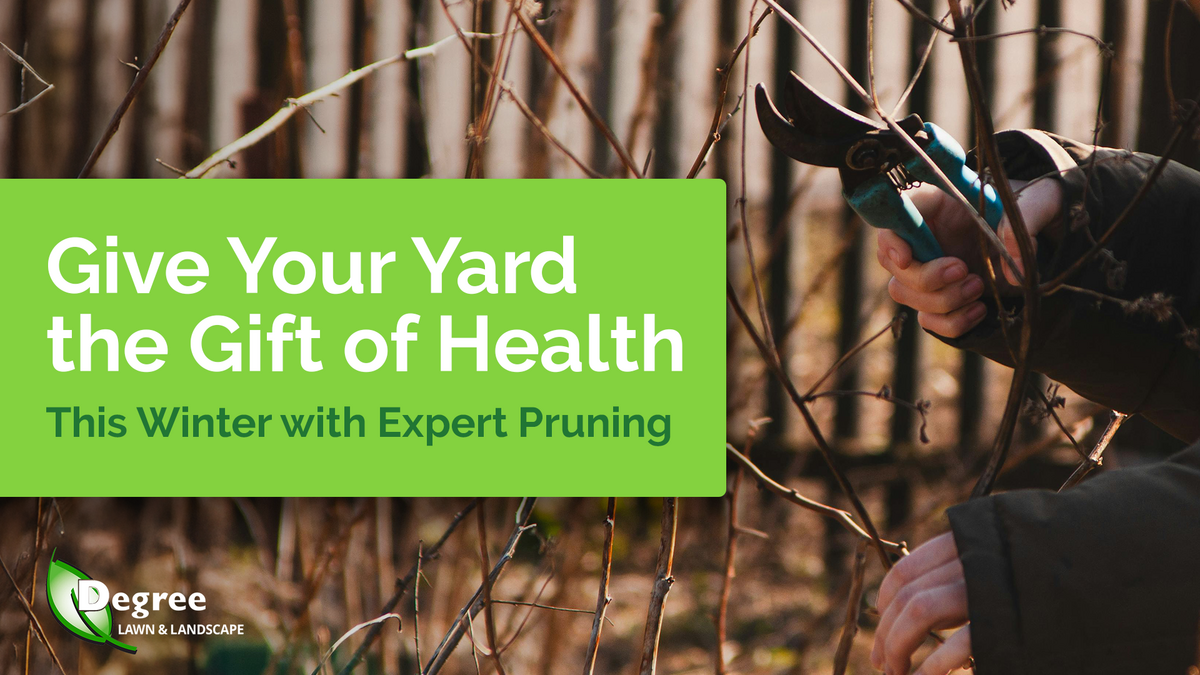Explore Expert Tips and Inspiration for Your Outdoor Space
Welcome to the Degree Lawn & Landscape blog, where we’re planting smiles and sharing our best landscaping insights.
Our articles offer inspiration, expert advice, and practical tips to help you create and maintain a yard that’s both beautiful and functional. Dive in and see how Degree Lawn & Landscape can make your outdoor vision a reality.
Have questions or ready to start a project? Contact Us Today to learn how we can create the perfect landscape for your home.
Blog

A thoughtfully designed outdoor space turns a house into a home, creating a place for relaxation, connection, and everyday enjoyment. But when homeowners start thinking about landscape planning, they ...

Think your landscaping is adding value to your home? You might want to take a second look—neglected or outdated yards can slash your resale price by thousands. A neatly trimmed lawn and a few shrubs w...

Spring is here, and with it comes the promise of warmer days, blooming flowers, and lush green lawns. If your yard took a beating over winter, now is the time to rejuvenate it and set the stage for a ...

Spring is nature’s season of renewal, a time when your yard becomes a canvas ready for transformation. With fresh green growth and a spectrum of colorful blooms, this is the perfect moment to craft an...
.png)
It’s a new year, and time for a new you... Including your yard! Your yard is an extension of your home, a celebration of you and your family’s personalities through the nature surrounding you. So, let...
.png)
Picture this: a Saturday evening spent on a beautifully designed flagstone patio, friends gathered around a glowing fire pit, and kids running along a charming stone walkway. Your yard is more than gr...

Yes, you read that right—this winter! While it may seem surprising, winter is actually an ideal season to begin crafting your dream outdoor escape. Think of that perfect patio or fire pit that invites...

As December settles in, we start thinking about meaningful gifts for family, friends… and even our yard? That’s right—your outdoor space, just like any member of your family, could use a little love t...
After deciding you want to install a new patio on your property in Ohio, the next step is choosing what material to use to build it! Pavers are a great option for your patio installation project for s...
If you want your lawn to be healthy and green, you’ll want to fertilize it throughout the year. There are two types of fertilizer treatments: granular and liquid. Both fertilizer options are beneficia...

